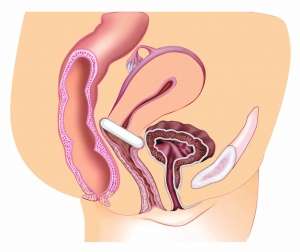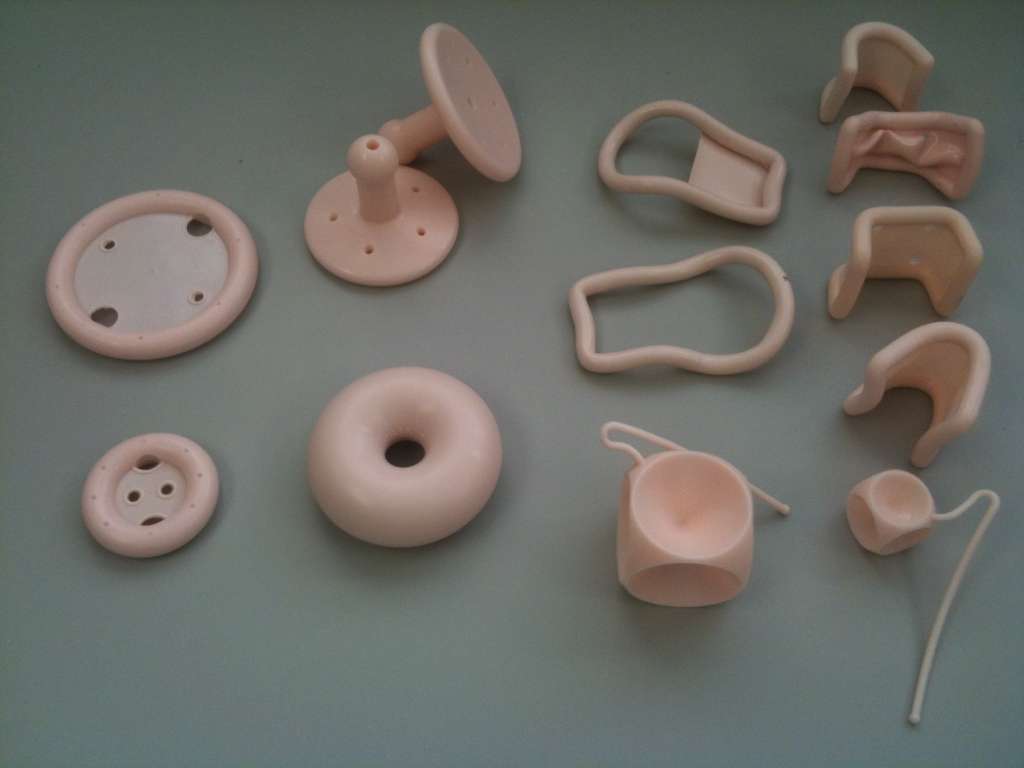What is a Pessary?
A vaginal pessary is a non-surgical option to treat pelvic organ prolapse. The vaginal pessary is a silicone plastic device that sits high up inside the vagina to support the pelvic organ prolapse.
A pelvic organ prolapse is where the bladder, uterus or bowel collapses down into the vagina or onto the vaginal walls. A prolapse can range in severity from mild to severe.
How does a Pessary work?
A pessary is fitted and securely placed high inside the vagina. The pessary acts as a barrier and support unit to hold the prolapse up or out of the way, eliminating the symptoms.
When a pessary is inserted you shouldn’t be able to feel it or have any pain or discomfort during everyday activities. If the pessary causes discomfort or feels like its not sitting securely it can easily be removed.
How is a Pessary fitted?
A pessary is easily inserted through the vagina.
Your Physiotherapist will firstly start by observing your external genitalia for any signs of prolapse, if no prolapse is identified they will then proceed to an internal examination. The internal examination allows the Physiotherapist to:
- Identify where the prolapse is coming from
- Check your pelvic floor strength
- Measure for the pessary
Sometimes a number of sizes need to be tried to find the right size for you, you want to make sure the pessary isn’t too big or too small.
After the pessary is fitted you will be asked to perform a few simple activities (e.g., cough, squat, stand up from a chair) to test that the pessary is inserted correctly.
Before leaving you will also need to empty your bladder to ensure the pessary is fitted correctly and ensure there is no obstruction.
Sometimes the pessary may be too small and can sometimes fall out in the toilet. If this happens, there’s no need to panic, just inform your Physiotherapist.
How do I know which pessary will work for me?
There are a lot of different pessaries out there for all different conditions. During your consultation the Physiotherapist will determine your main problem and fit a pessary accordingly.
Are there any risks?
There are minimal risks associated with pessary use, if used correctly and looked after. Some women may experience an increase in vaginal discharge, which is normal. If you experience an unpleasant odour or discolouration you will need to consult your Physiotherapist or GP to be checked for possible infection or irritation. If the pessary is inserted and fitted correctly, these risks will be minimal.
Menopausal women may experience some vaginal discomfort due to dryness. In such cases, vaginal oestrogen or water-based lubricants can be applied to decrease irritation.
How do I care for my pessary?
During your consultation your physiotherapist will demonstrate how to correctly insert and remove the pessary and will get you to practice, ensuring confidence prior to leaving. You will also be advised on how long to leave the pessary in for, when to remove it and whether you can leave it in for sexual intercourse.
It is important that if you are removing and inserting the pessary that you do so after proper hand hygiene, as this will prevent potential infections.
When removing the pessary, you will need to wash and clean the pessary with running water and liquid soap before re-inserting.
Follow Up Procedure
Once the pessary is fitted you will be required to follow up with your Physiotherapist within four to six months for a review. This is imperative to check the health of your vagina and prolapse.
Pessaries will also need to be replaced after twelve months of use.
If at any point during those months you experience discomfort or irritation, please arrange an earlier an appointment to be reviewed and your physiotherapist will discuss your options.


